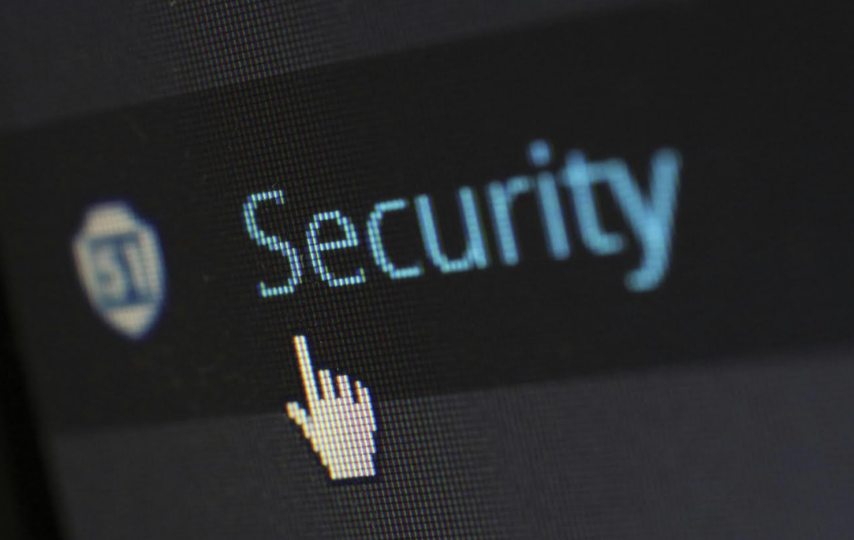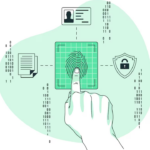The internet provides numerous opportunities, yet it presents multiple dangers to users. Personal data remains exposed to theft and improper use at all times. Every day, hackers, scammers, and companies gather personal information from users. Online safety depends on developing several basic security practices. The following six essential guidelines will help protect personal data.
Use Strong and Unique Passwords
Cybercriminals easily exploit weak passwords as their first target. A secure password needs to contain multiple elements, including long length and both letters and numbers and symbols. It is best to stay away from both common words and easily accessible information, such as birthdays, when creating passwords. Every online account needs its unique password. The security of one account remains unaffected when others get compromised. A password manager enables users to store and automatically create secure passwords. Regular password changes establish an additional security measure that defends against cyber threats. Using different passwords for each account helps minimize security risks.
Enable Two-Factor Authentication
Passwords alone are not enough. Two-factor authentication (2FA) adds an extra layer of security. It usually involves a second step, such as a code sent to a phone or an authentication app. This makes it harder for hackers to access accounts, even if they have the password. Many websites and apps offer this feature, and it should be enabled whenever possible. Using authentication apps instead of text messages provides better security, as SMS can be intercepted. Keeping backup codes in a secure place ensures access when needed.
Be Cautious with Public Wi-Fi
Public Wi-Fi is convenient but risky. Hackers often use it to intercept personal data. Online banking, shopping, or entering passwords on public networks can be dangerous. A virtual private network (VPN) helps encrypt data, making it harder to intercept. If public Wi-Fi must be used, avoid sensitive activities and consider using mobile data instead. Always log out of accounts when using shared networks to prevent unauthorized access. Turning off automatic Wi-Fi connections reduces exposure to unsecured networks and potential threats.
Recognize and Avoid Phishing Scams
Scammers often use fake emails, messages, or websites to steal personal information. These messages may look real, asking for passwords, credit card numbers, or other sensitive details. They often create urgency, warn of account issues, or offer fake prizes. It is important to double-check email addresses and links before clicking. Legitimate companies do not ask for personal information through email. When in doubt, visit the official website directly instead of using the provided links. Avoid opening attachments from unknown sources, as they may contain malware or ransomware.
Keep Software and Devices Updated
Outdated software and devices are easier to hack. Security updates fix vulnerabilities that hackers exploit. Operating systems, browsers, and apps should always be updated to the latest version. Automatic updates help ensure that security patches are applied quickly. Antivirus software adds an extra layer of protection by detecting and removing threats. Regularly checking for updates prevents security gaps that hackers may use to steal information. Uninstalling unused software reduces exposure to outdated and vulnerable applications.
Understand Web Application Security Risks
Many websites and services rely on web applications. These applications store personal data and process transactions. Poor web application security can leave them vulnerable to attacks. When using online services, it is important to check for signs of security, such as HTTPS in the website address. Avoid entering sensitive information on sites that do not have proper encryption. Keeping an eye on account activity helps detect suspicious behavior early. Reading privacy policies helps us understand how data is stored and protected by service providers. Using browser security features enhances protection against online threats. Regularly updating software and security patches also minimizes vulnerabilities. Ensuring that web applications undergo regular security audits adds an extra layer of protection. Implementing strong user authentication methods is essential in securing sensitive data.
Conclusion
Online safety is an ongoing process. Cyber threats are always evolving, and staying protected requires constant awareness. Strong passwords, two-factor authentication, and software updates are simple but effective steps. Avoiding public Wi-Fi for sensitive tasks and being cautious with emails adds another layer of security. By following these essential tips, personal data can stay safer in the digital world. Education and awareness about the latest security threats are crucial. Being mindful of phishing scams and suspicious links can prevent attacks.








